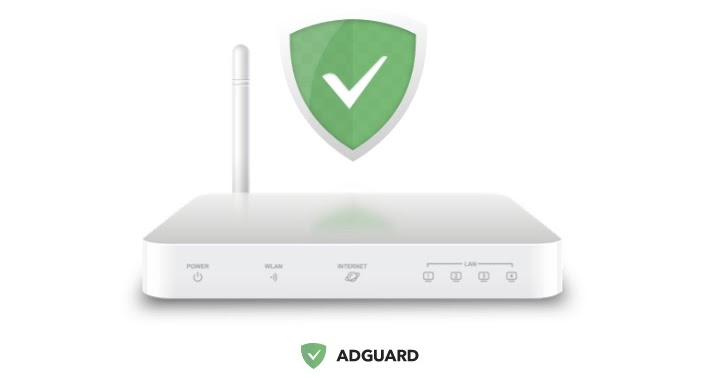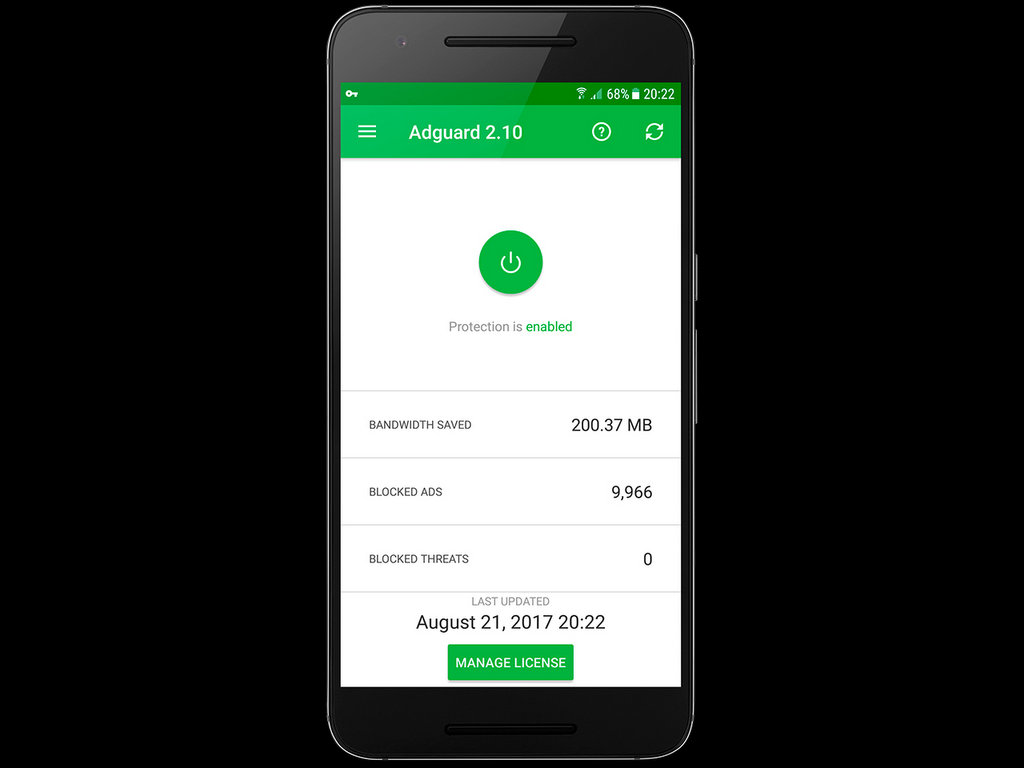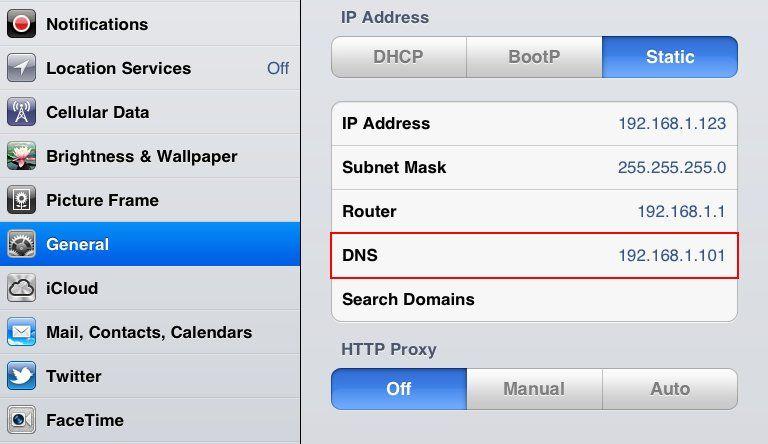

So where does privacy come into the picture? One concern is that DNS questions and answers are usually sent over an unencrypted transport, UDP. Generally, the question is sent to a DNS server configured by your local network. “When your app accesses a website, the system asks a question, a DNS query, to turn that name into a set of addresses. “When people access the web within your app, their privacy is paramount”, reads Apple’s 2020 WWDC Keynote. Why would anyone want to encrypt their DNS requests? The reason is very much the same as encrypting HTTPS traffic. In this publication, we compare the tools to protect one’s privacy online while using Apple iOS devices and desktop computers by making one’s browsing activities inaccessible to the middleman. That change alone makes analyzing aggregate data from iPhone users more difficult but not impossible. There are no special technical skills required to sift through the data, he added.”Īpple did an attempt protecting their users’ location by introducing approximate locations in iOS 14. All you need to do to buy the data, Arrieta said, is pretend to be a company. “There are companies who capitalize on finding the real person behind the advertising identifiers.” Furthermore, de-anonymizing data in the way The Pillar did is trivially easy. “While this might be the first case of a public figure’s online activities being revealed through aggregate data, “it unfortunately happens very often” to the general public, Andrés Arrieta, director of consumer privacy engineering at the Electronic Frontier Foundation, told Ars. This was clearly demonstrated with the recent event highlighted in Catholic priest quits after “anonymized” data revealed alleged use of Grindr.


With ISPs selling their customers’ usage data left and right, and various apps, mail and Web trackers contributing to the pool of “anonymized” data, de-anonimyzation becomes possible with big data analysis. Protecting one’s online privacy is becoming increasingly more important.


 0 kommentar(er)
0 kommentar(er)
